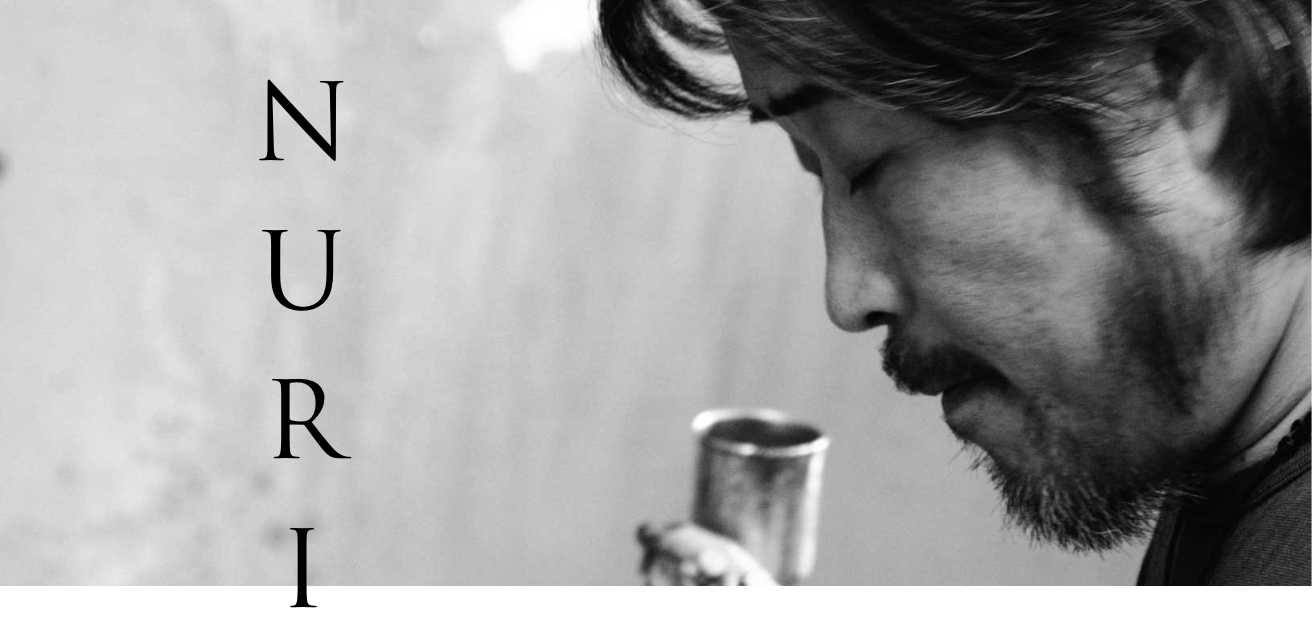
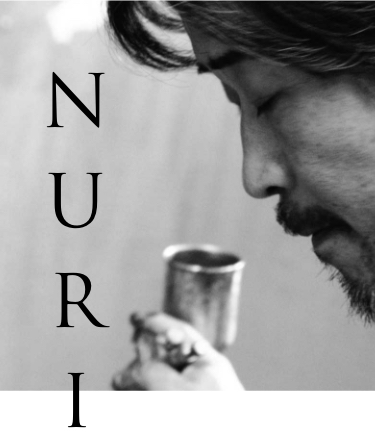


GLASS + URUSHI
黒江の伝統技術と新しいアイデアによって生まれたGLASS JAPAN。漆塗りは今まで、表面に傷がつきやすいフォークやナイフを多様する洋食器の分野には不向きでした。
GLASS JAPANは、ガラスの透明性に漆の豊かな表現力を融合させることにより、今までの漆器のイメージを変え、新しい洋食器の可能性を生み出しました。
GLASS JAPAN which was born by a traditional technique of Kuroe and new idea. The lacquering was unsuitable for the field of Western style dishes which often use fork and knife that was easy to be scratched on the surface so far. GLASS JAPAN changed an image of the conventional lacquerware by fusing rich expression of URUSHI into the transparency of the glass.
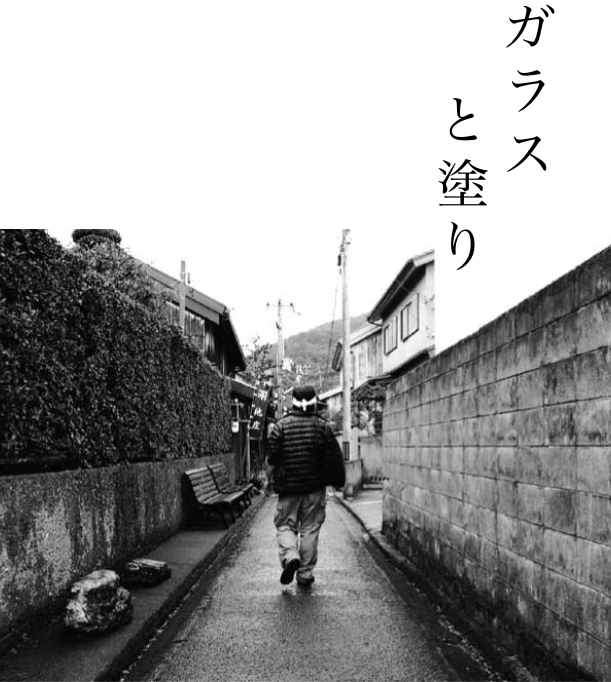
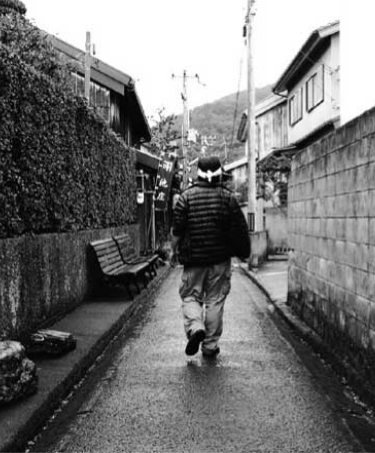
和歌山県海南市黒江は、400年以上の歴史をもつ黒江塗り漆器生産の中心であり、 山中塗・会津塗とともに日本三大産地のひとつとして数えられています。海に面する温暖な気候から、漆の硬化に適当な湿度を持つなど漆器生産に適していたため漆器産業が栄え てきました。 川端通り周辺に昔の漆器職人たちの住居兼職場や問屋が通りに面してノコギリの歯のように規則正しく並び、 独特な漆器町の景観が形成されています。
Kuroe, Kainan-shi in Wakayama is the center of the Kuroe-style lacquerwork production for more than 400 years and is counted as one of the Japan’s three biggest production centers with Yamanaka URUSHI and Aizu URUSHI. Because it was suitable for lacquerware production with the humidity that was suitable for lacquered hardening from a warm climate to face the sea, lacquerware industry prospered. The house and the workplace of old lacquerware craftsmen, and the wholesale dealers form a line like the tooth of the saw facing the street around Kawabata Street with regularity, and the scenery of the unique lacquerware town is termed.
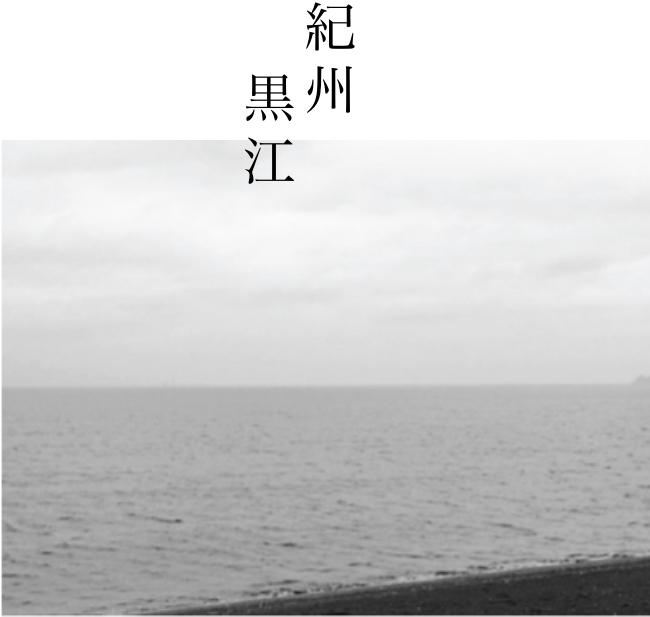
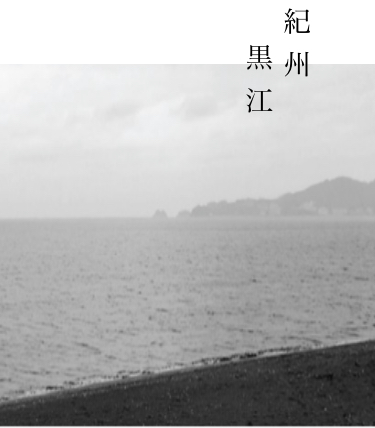
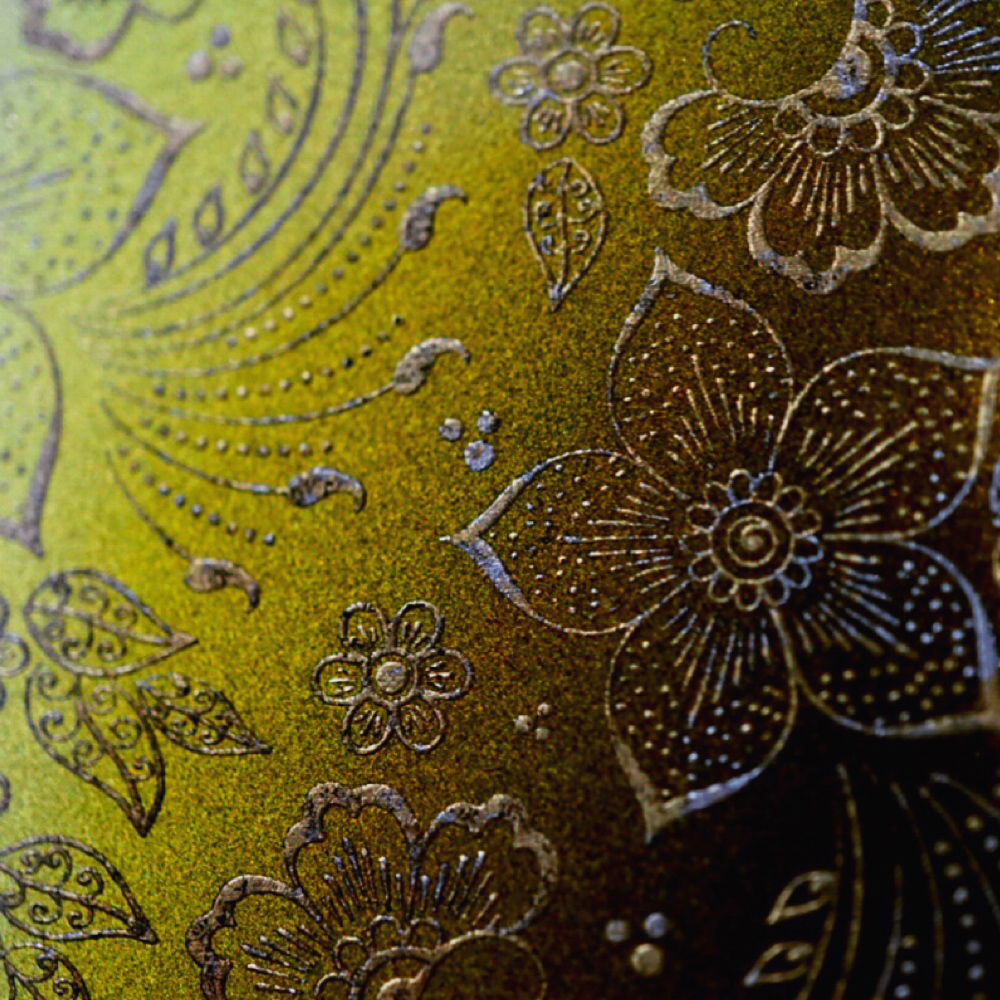
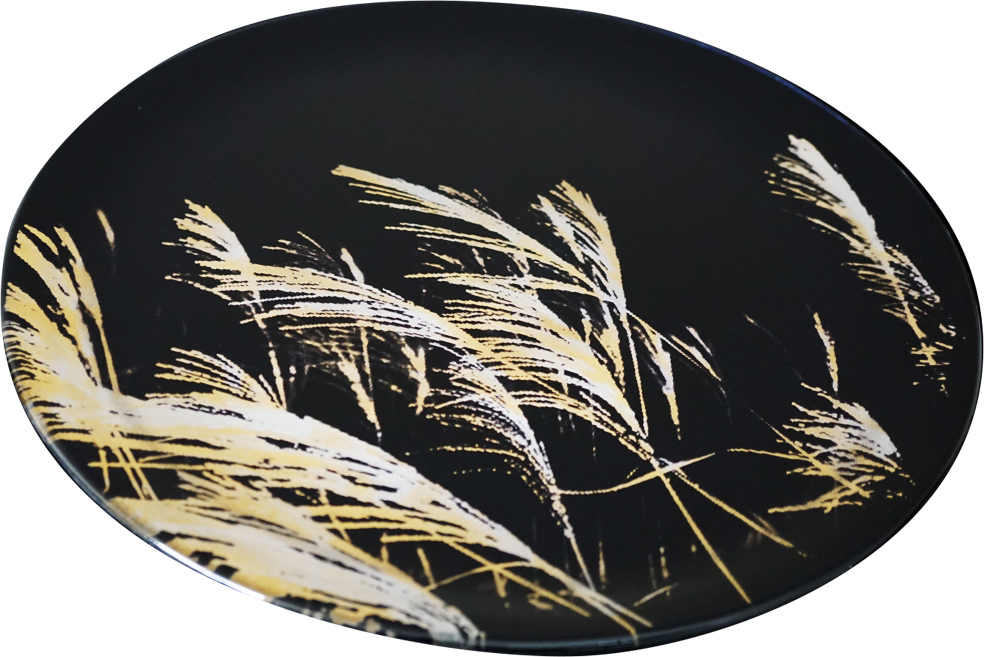
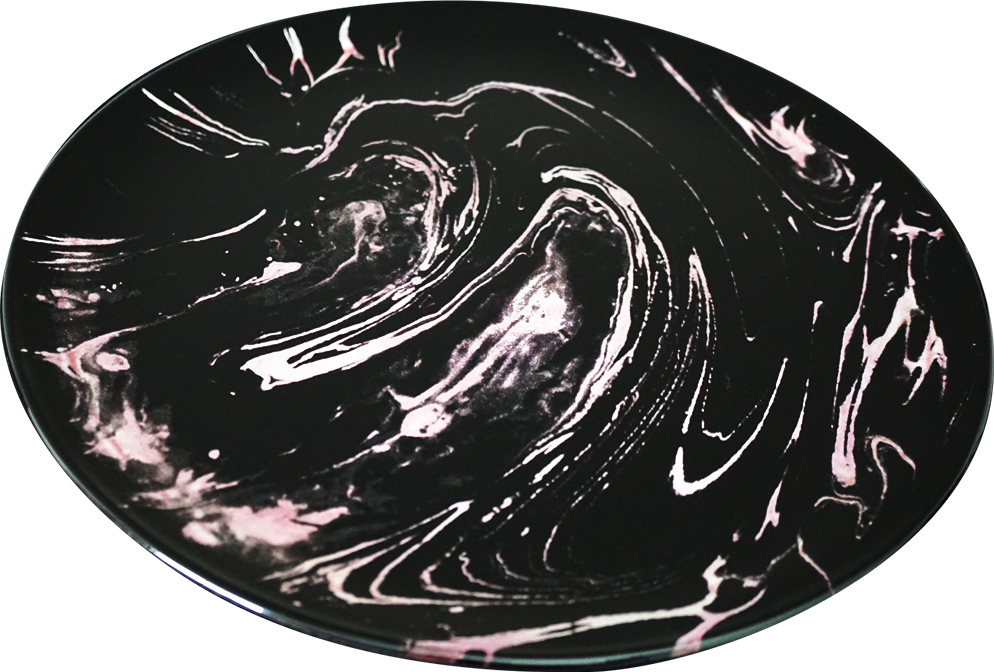
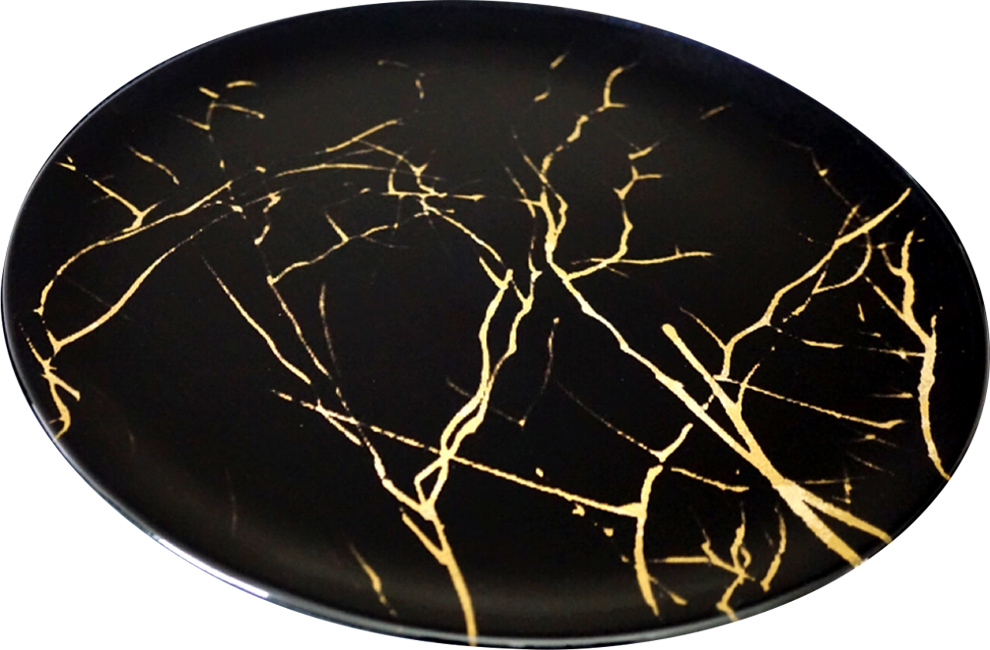
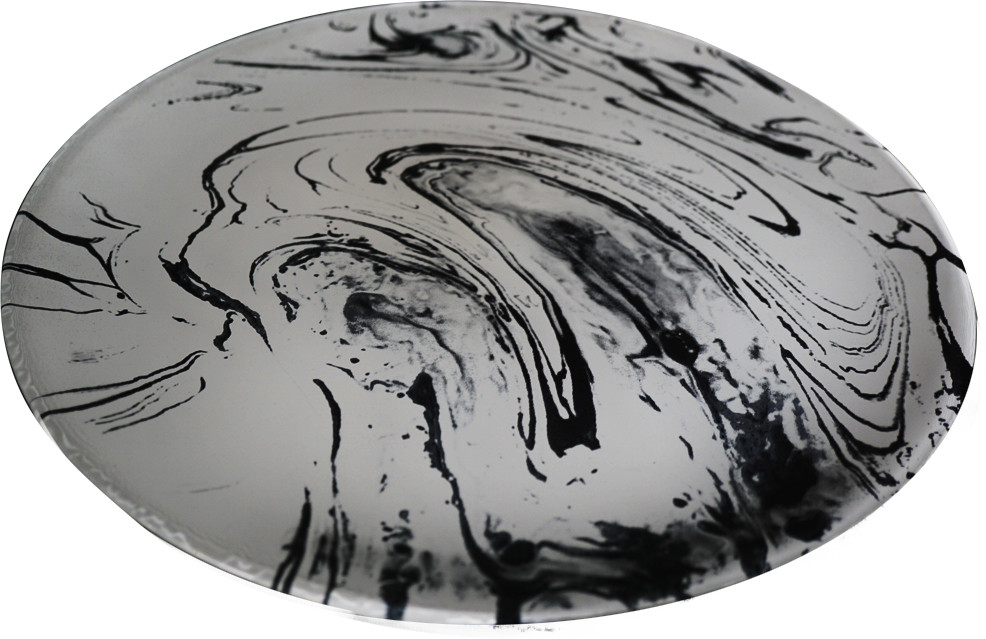
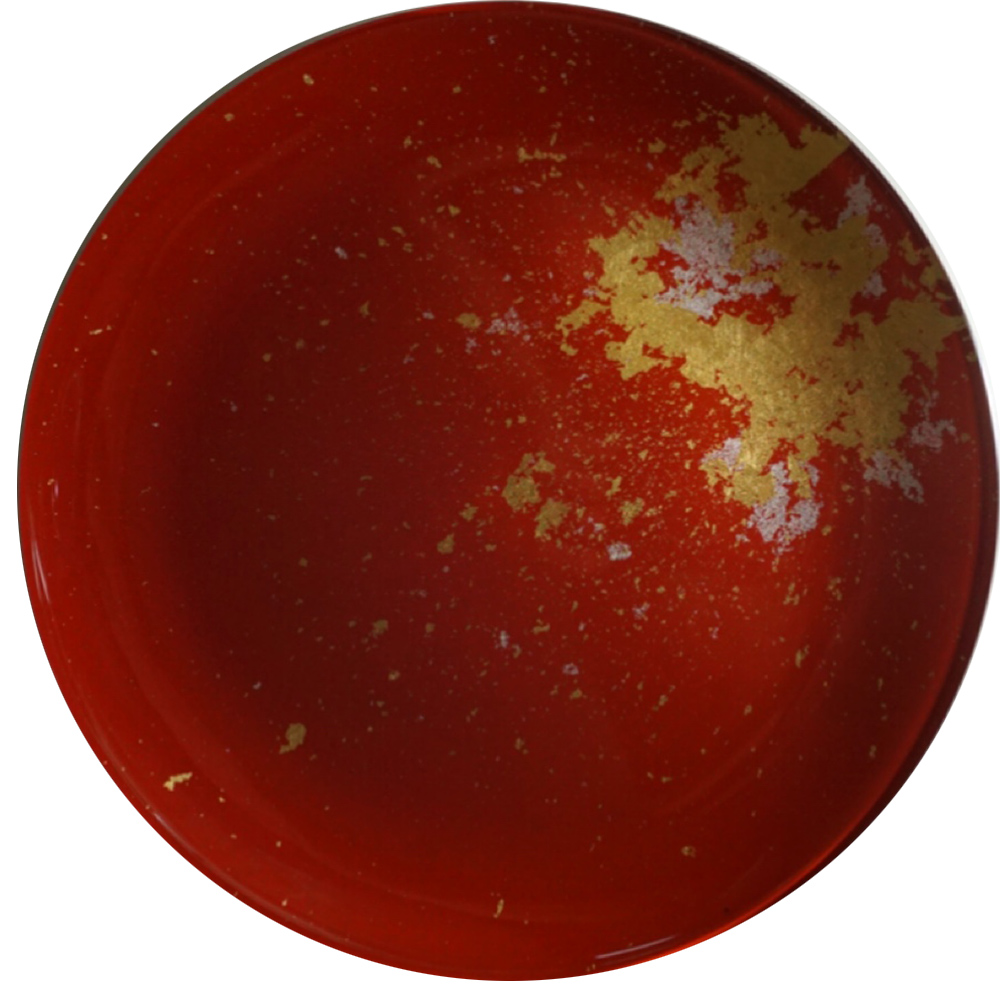
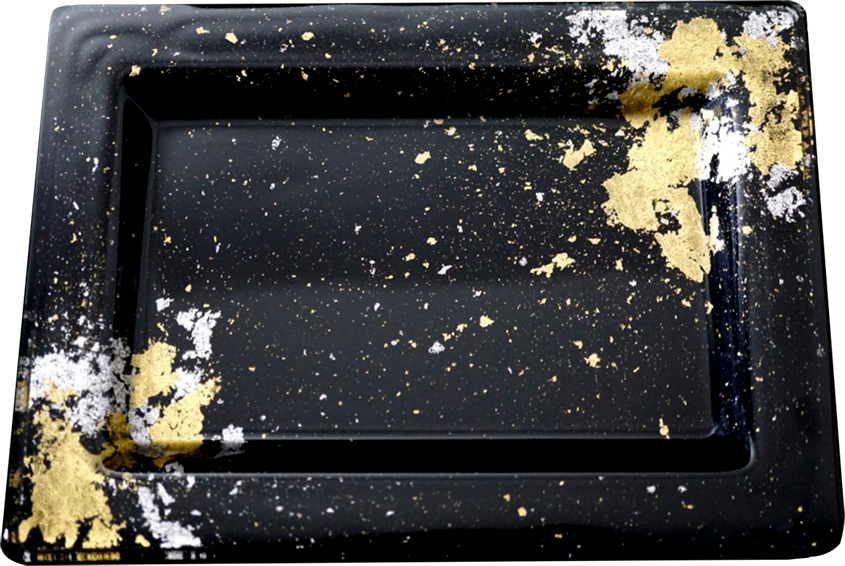
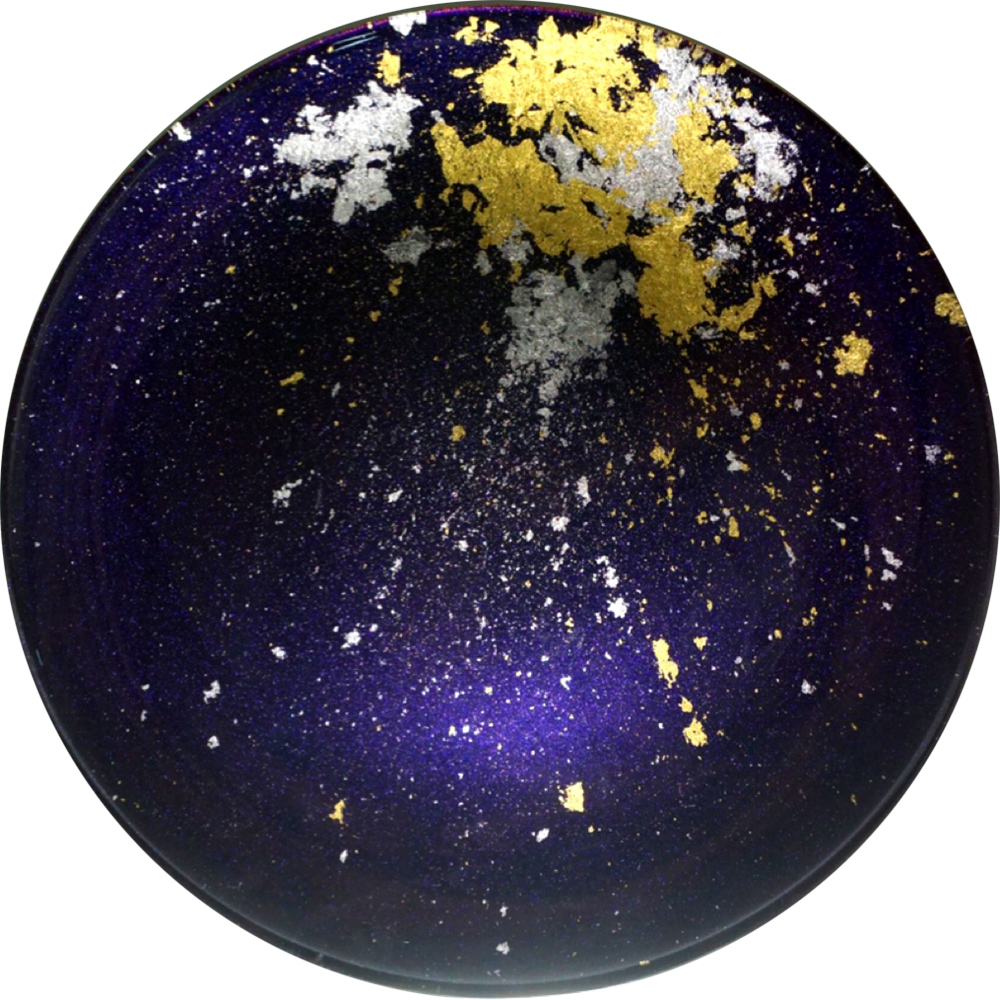
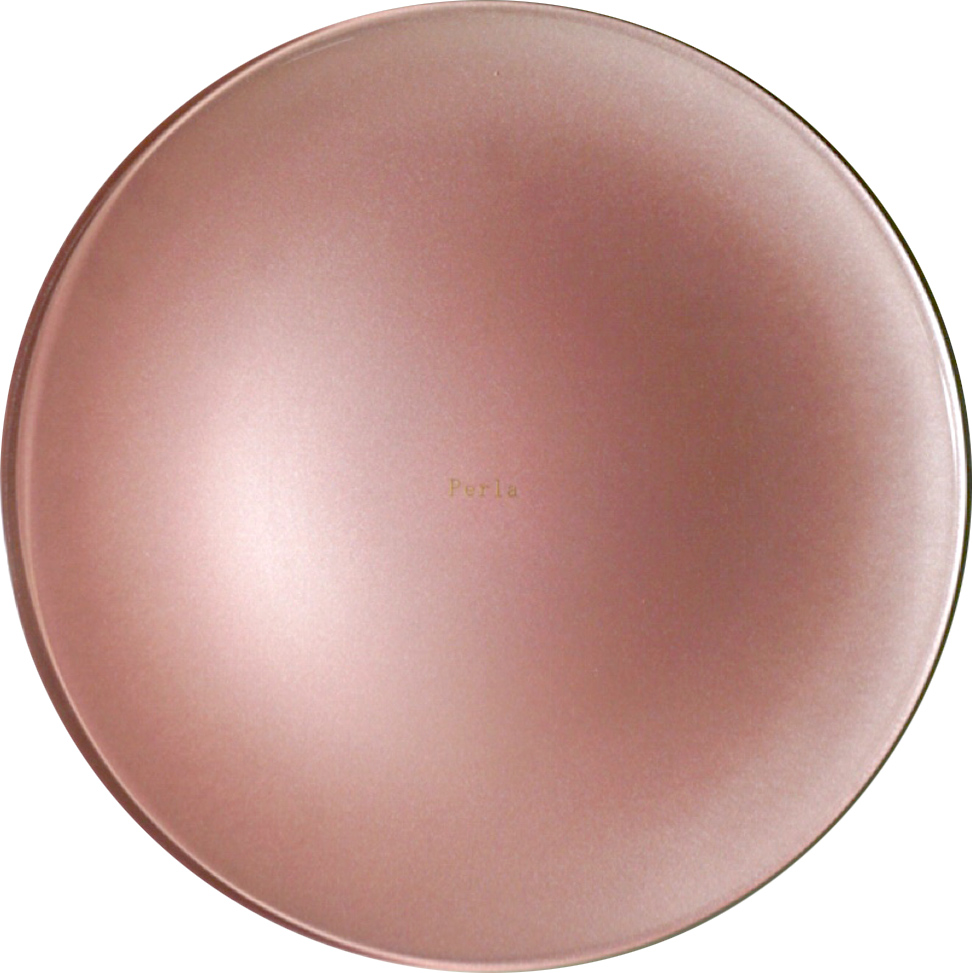
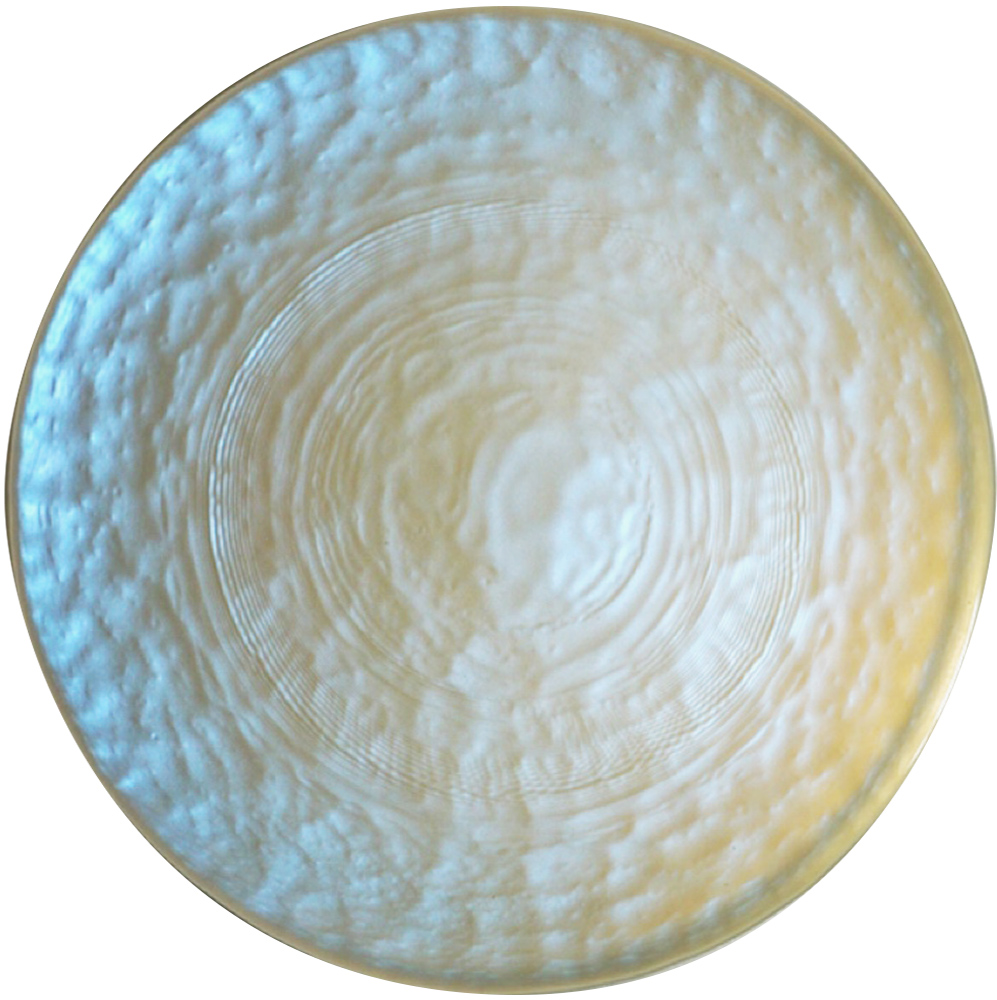
PARIS NORD vill epinte Hall No. 5A Stand No. N46 O45 UNIQUE&ECLECTIC SIGNATURE
Tokyo Big Sight